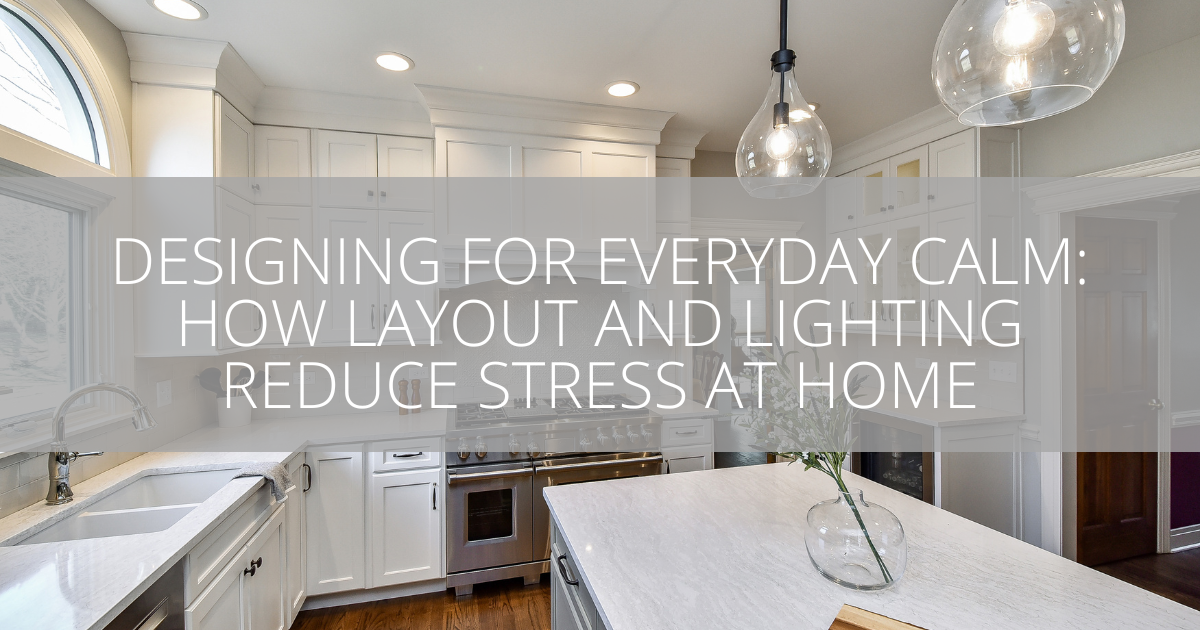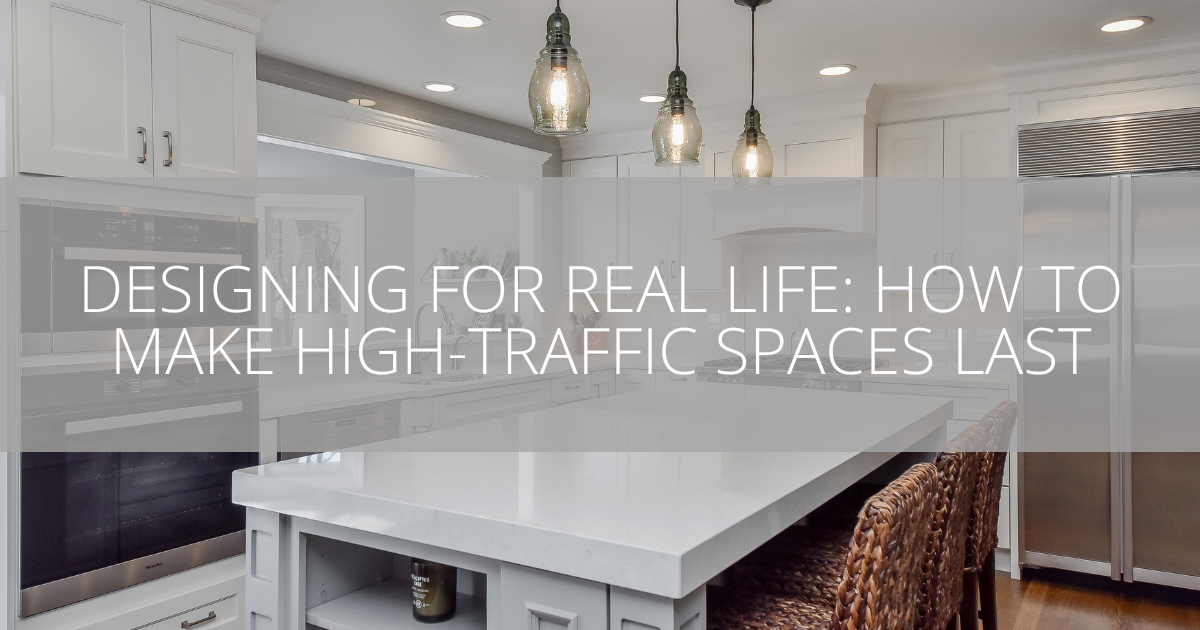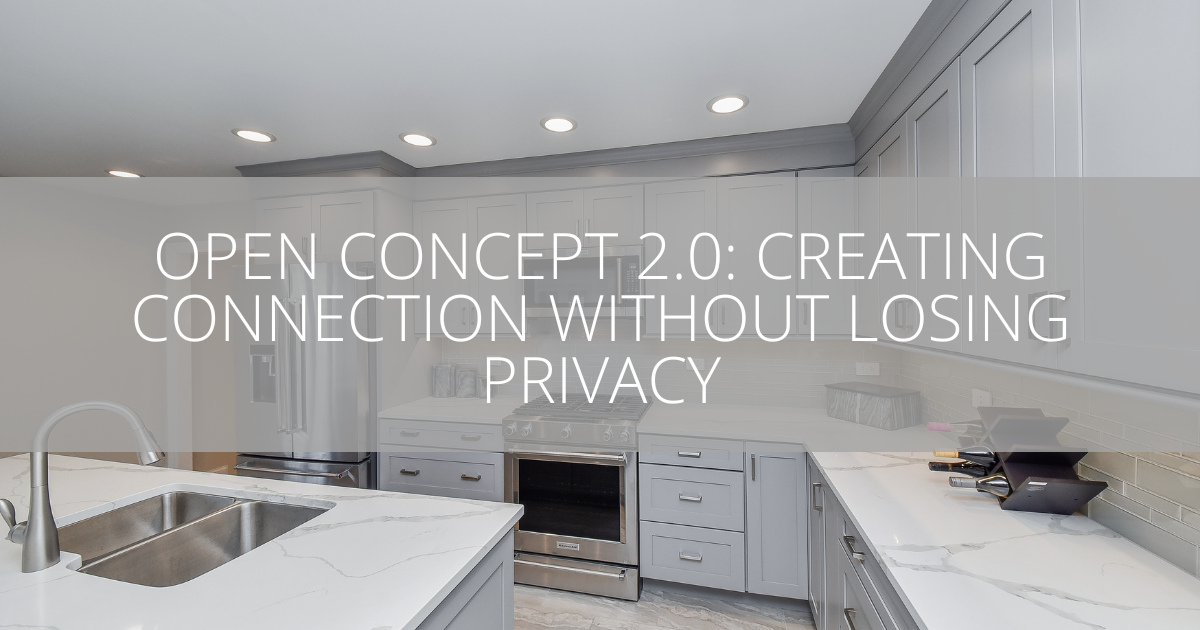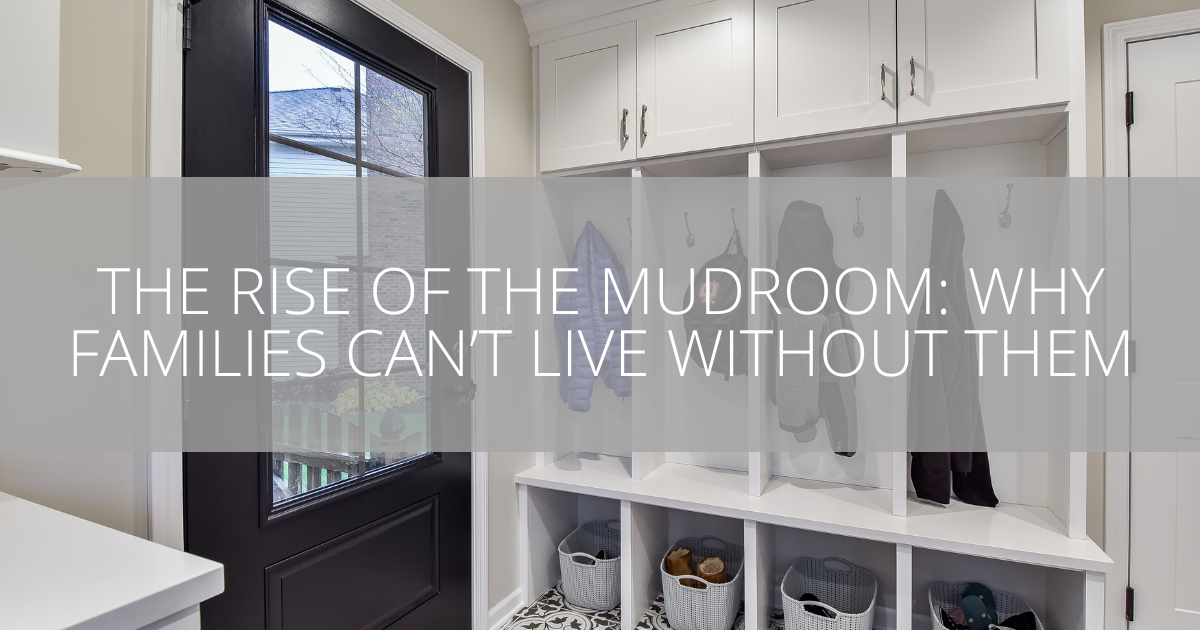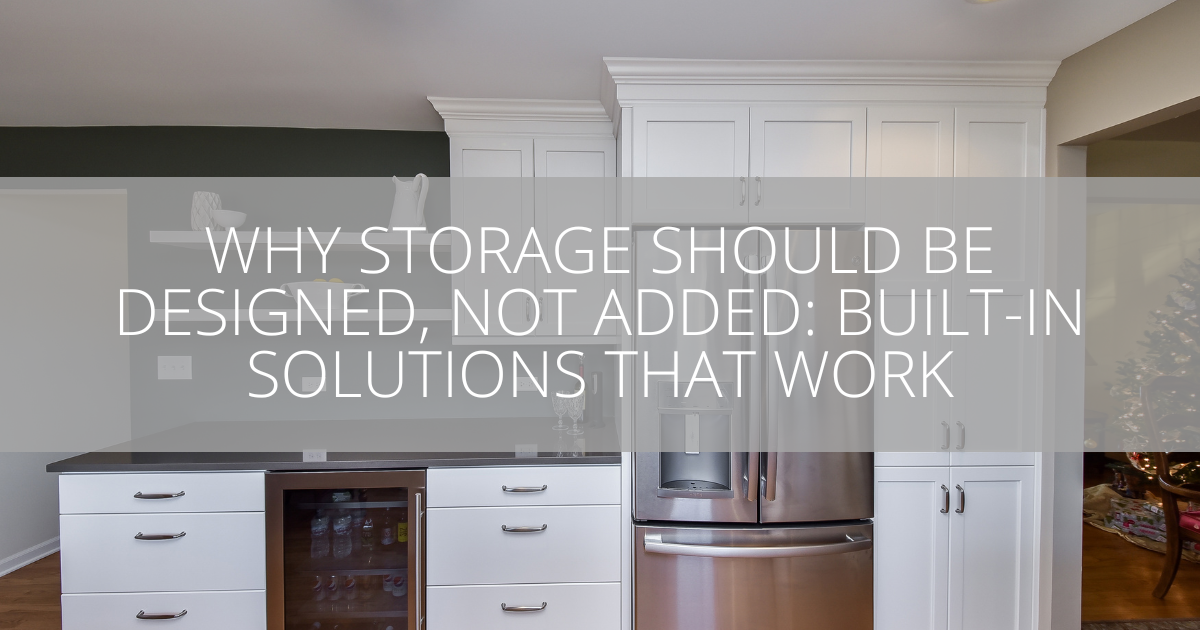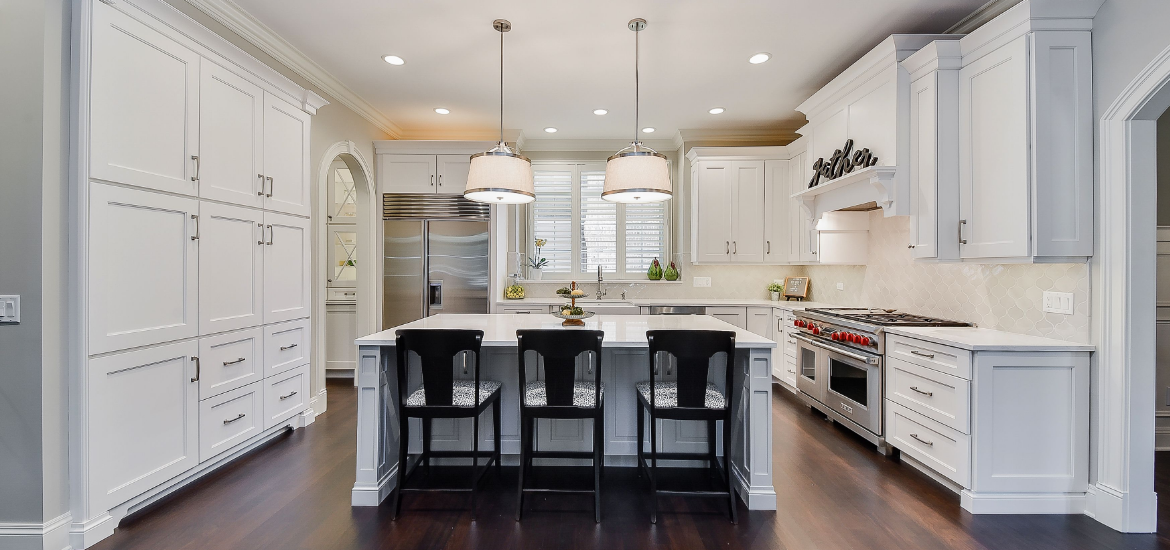
Homeowners often assume that waiting to remodel will save money. They imagine a calmer time ahead, a better economy, or a moment when inspiration arrives. Delay feels safe and practical. It feels like a way to avoid financial strain.
In reality, postponing a remodel is rarely a neutral decision. A home that needs work continues to age, and aging always has a cost. Minor wear evolves into real damage. Rising material prices push project budgets higher. Outdated layouts continue to chip away at comfort, efficiency, and long-term value. Every year that passes adds weight to the problem.
At Sebring Design Build, we see how the choice to wait often becomes the most expensive option. A project that would have been simple becomes complex. A small fix becomes a major repair. A home that only needed cosmetic updates ends up requiring structural work. Time turns manageable issues into bigger ones.
Here is why doing nothing can quietly drain your wallet:
1. Rising Material Costs Make Waiting More Expensive
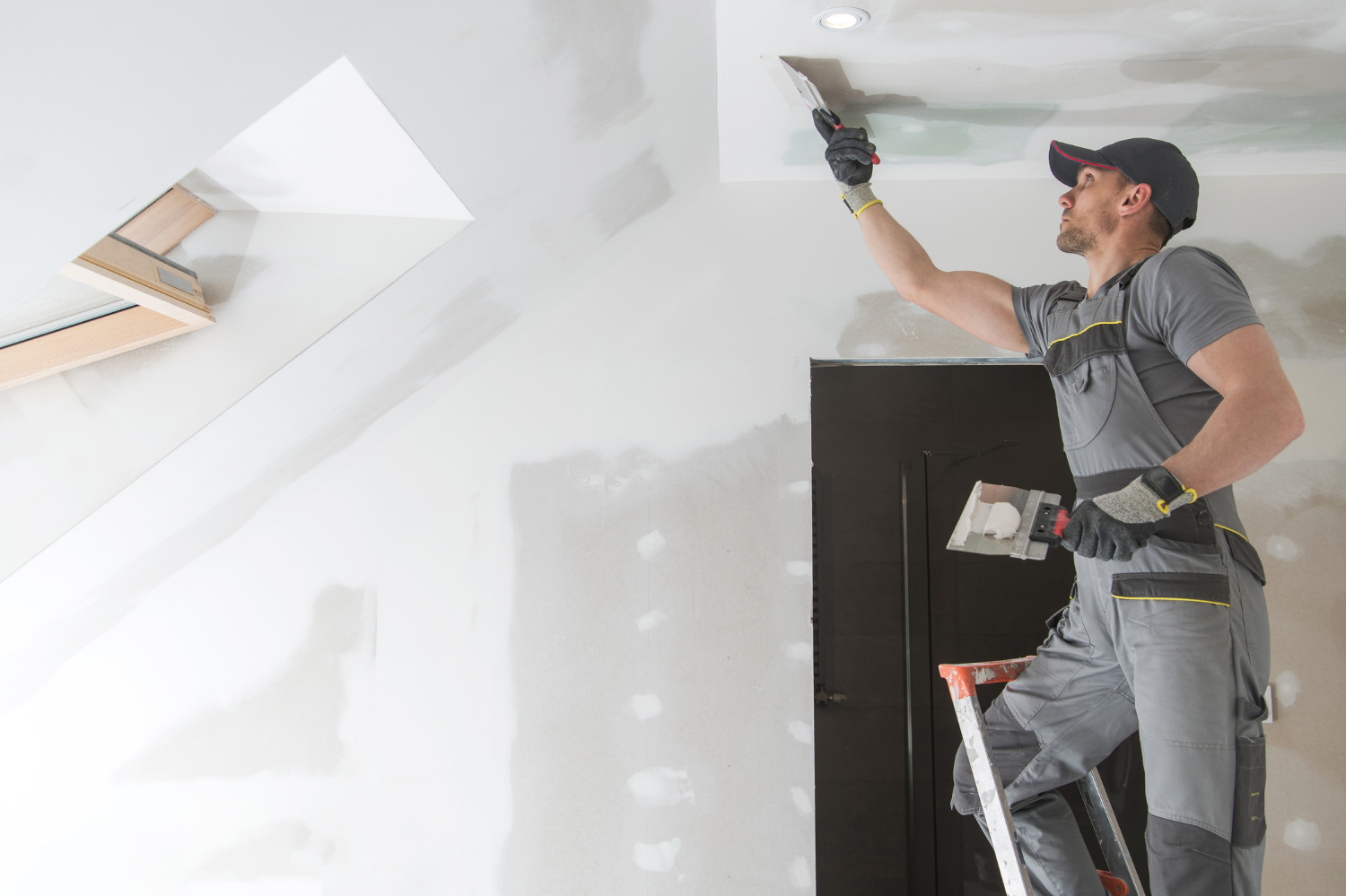
One of the clearest financial risks of delaying a remodel is the steady rise in material prices. Lumber, metals, tile, stone, and manufactured components have all increased in cost over the past decade. Even though prices may dip for short periods, the overall trend continues to climb. Long-term forecasting rarely predicts meaningful reductions.
Several forces drive these increases. Global supply chains remain unpredictable, so disruptions anywhere can affect prices everywhere. Manufacturers must adjust production as raw materials become more expensive. Freight costs have climbed as fuel prices rise and transportation networks remain strained. Labor shortages also play a significant role. When skilled workers are in short supply, labor costs rise, and manufacturers often pass those increases to consumers.
These factors create a market where waiting rarely pays off. Homeowners who postpone a remodel because the price feels high often face a higher price later. A kitchen renovation that would have cost ninety thousand dollars last year can easily cross the hundred thousand dollar mark the next year. It is not that the project changed. The world around it did.
2. Your Home Continues to Age While You Wait
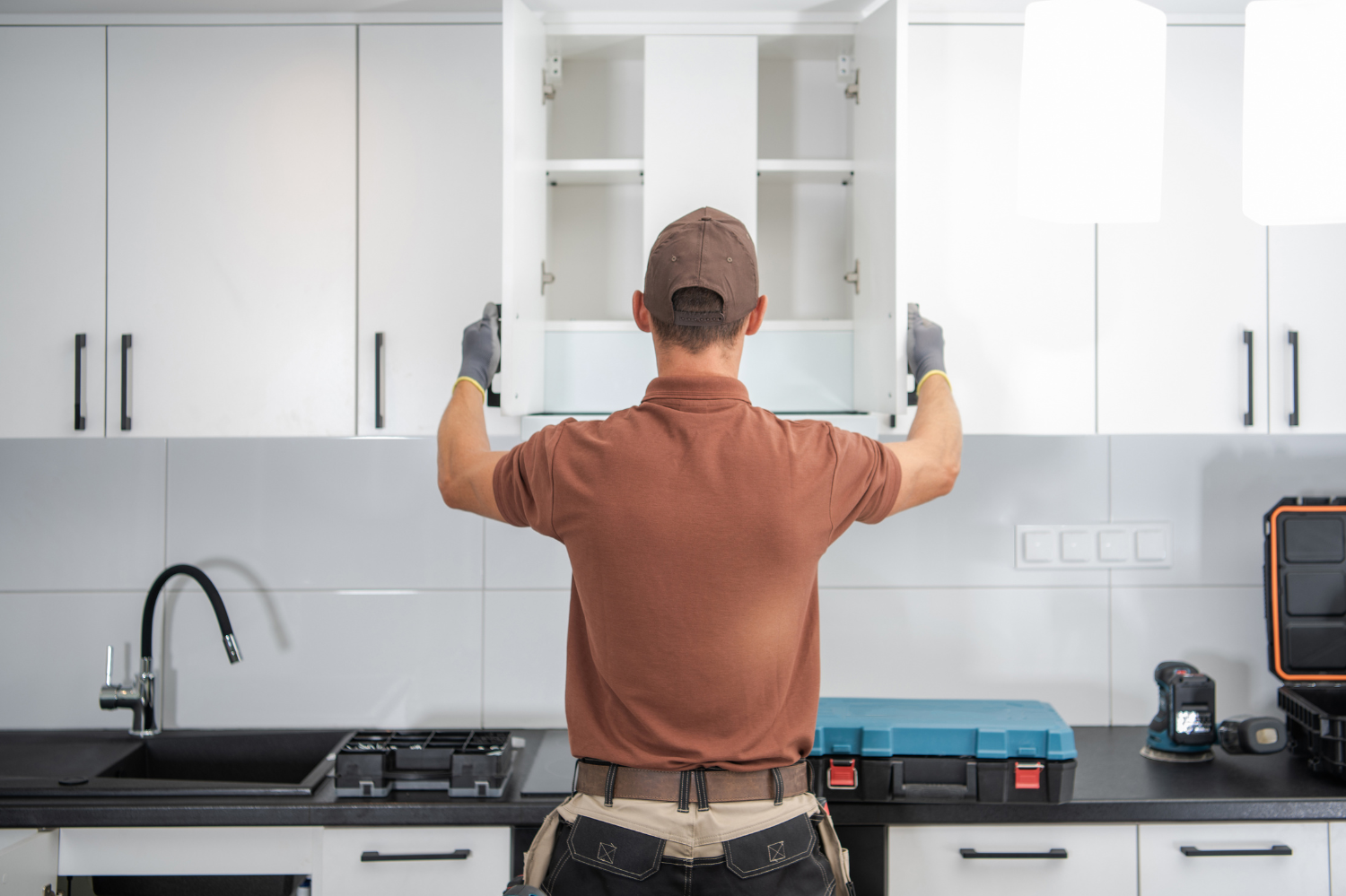
No part of your home stays frozen while you delay a remodel. Cabinets sag, grout cracks, plumbing weakens, and finishes start to show their age. What appears to be minor wear can hide deeper issues. A small patch of water damage in a bathroom can signal moisture spreading behind the walls. A kitchen that looks outdated may also contain aging wiring or pipes that are nearing the end of their lifespan.
Deferred maintenance has a compounding effect. The longer problems remain unaddressed, the more they spread. A slow leak under a sink can warp flooring and damage cabinetry. Poor ventilation can lead to mold that forms behind drywall long before it appears on the surface. Insulation that has broken down over time can leave rooms uncomfortable and create unnecessary strain on your HVAC system.
Once the time finally comes to remodel, these underlying issues often expand the scope of work. Instead of replacing fixtures and finishes, contractors may need to repair subfloors, reframe walls, rework plumbing, or upgrade electrical systems. What once would have been a simpler project becomes far more involved and far more expensive.
3. Outdated Layouts Cost You Every Day
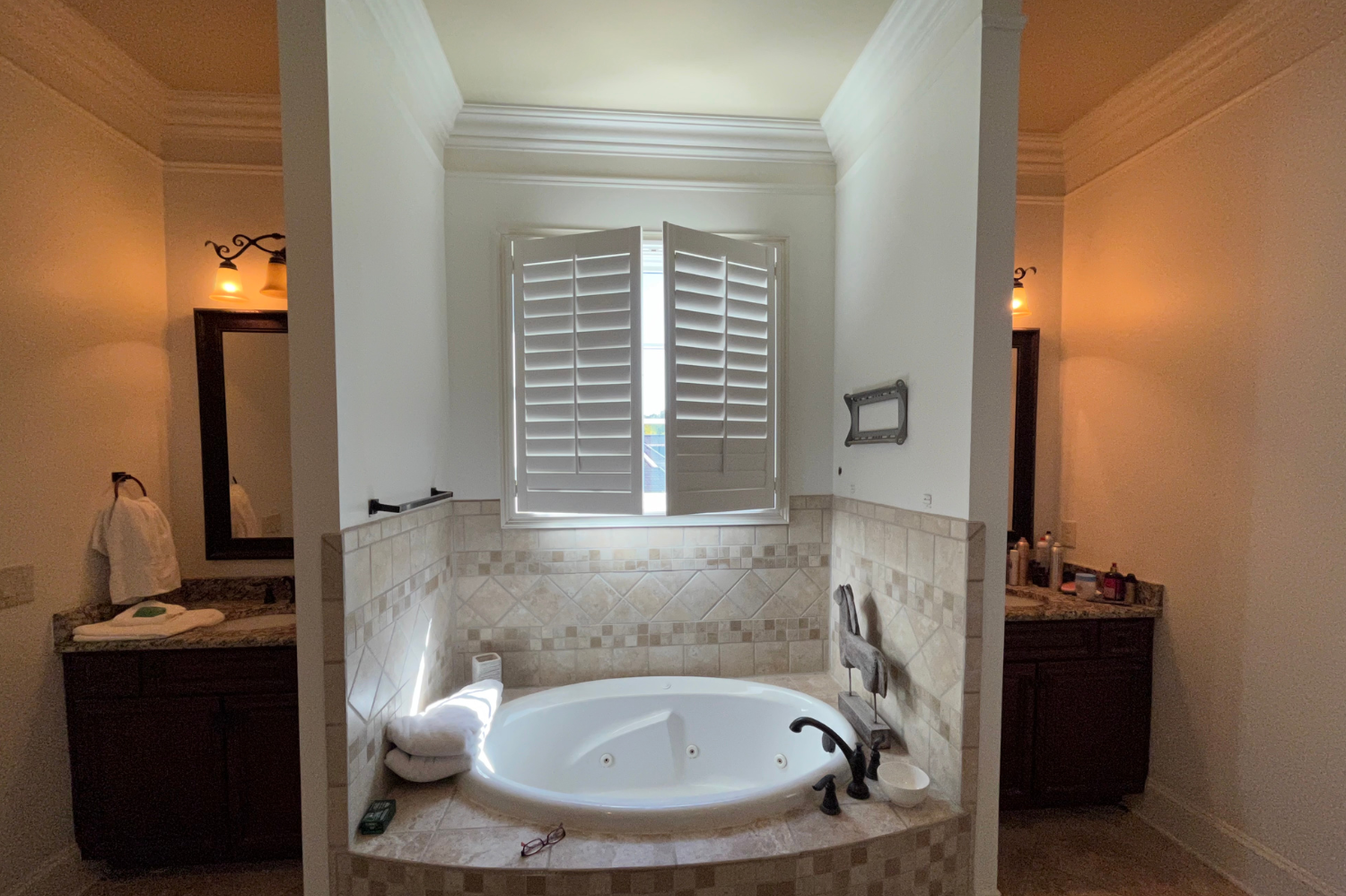
A remodel is not only about updating the look of your home. It is also about improving how your home functions. When your layout no longer supports your lifestyle, you feel it every day.
Kitchens with poor flow slow down meal preparation. Too little counter space forces you to work in cramped areas. Appliances arranged without thought to efficiency create wasted movement. Bathrooms with limited storage or awkward traffic patterns make mornings more stressful. Laundry rooms that lack workspace or organization add clutter to your home. Living areas designed for older lifestyles fail to serve modern needs.
These small frustrations add up. They cost you time, comfort, and efficiency. They also devalue the square footage you are paying for. When part of your home does not function well, it becomes space you cannot fully use. Many homeowners discover that opening a layout, adding storage, or rethinking room connections makes the home feel larger and more livable without adding new square footage at all.
The longer you wait to update an inefficient layout, the longer you continue living with the daily costs of inconvenience. And as your lifestyle evolves, outdated layouts often feel even more restrictive. A home that barely worked five years ago may feel completely out of sync today. Waiting does not bring relief. It only prolongs the strain.
4. Energy Inefficiency Is Expensive

Energy efficiency may not be the first thing homeowners think about when planning a remodel, but it is one of the biggest hidden costs of delay. Older windows leak air. Insulation settles and loses effectiveness. HVAC systems become less efficient as they age. Outdated lighting and appliances draw more power than modern alternatives.
If your home feels drafty in winter or overly warm in summer, you are already paying for inefficiency each month. Conditioned air escapes through worn seals, old ductwork, and aging materials. Your furnace and air conditioner work harder to maintain comfortable temperatures. This leads to higher utility bills and more frequent maintenance.
A remodel creates opportunities to address these issues. Upgrading appliances and lighting can lower electricity usage immediately. Replacing windows or adding insulation can cut utility bills significantly. Improved ventilation prevents moisture buildup, which protects your home from mold, mildew, and rot. Every year you wait is another year of inflated energy costs that could have been reduced through timely improvements.
5. Remodeling Offers Strong ROI, but Delay Pushes That Return Farther Away
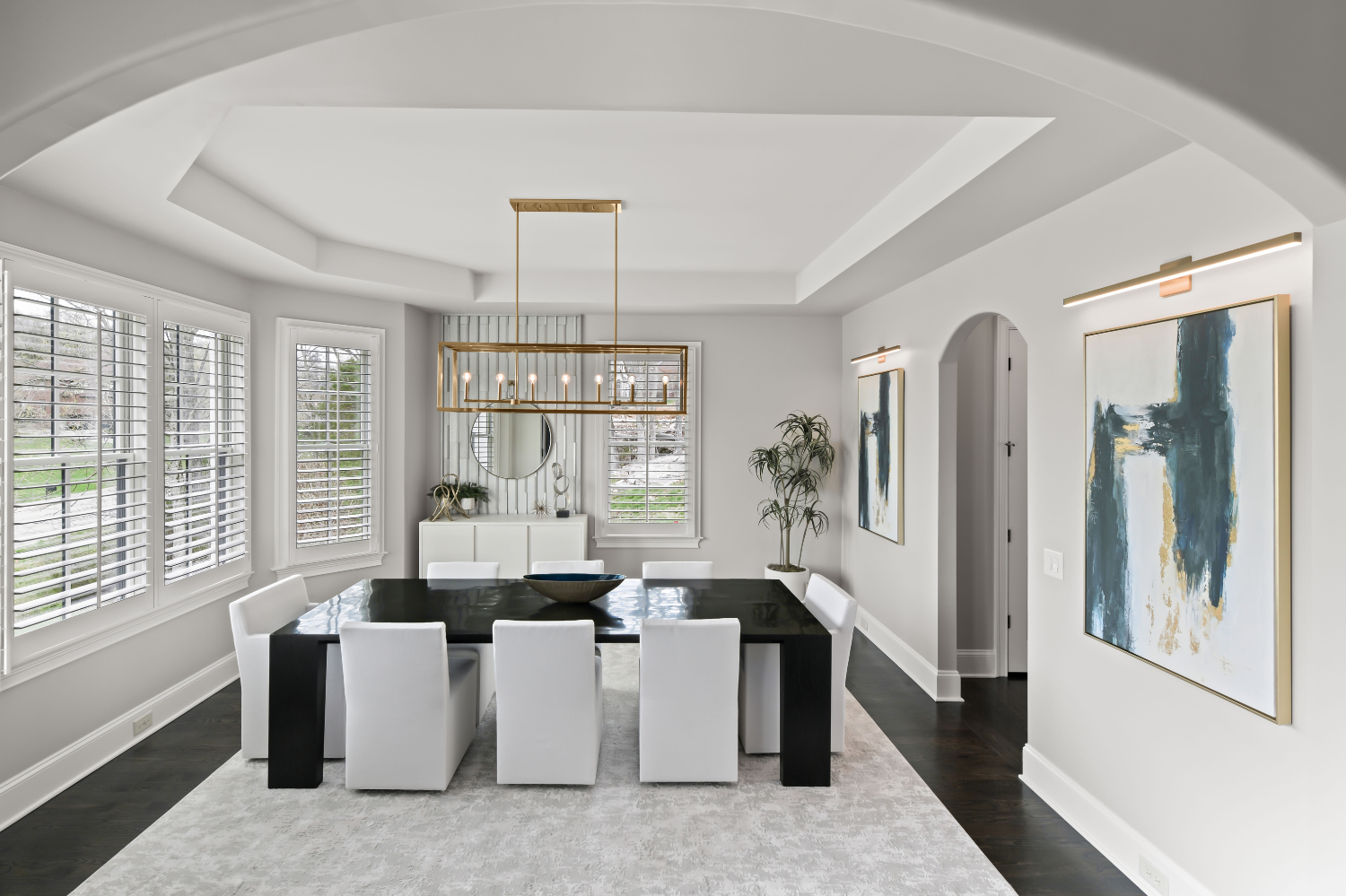
Remodeling is not just about comfort. It is also about value. Updated kitchens and bathrooms consistently deliver strong returns on investment. Buyers want modern features, smart layouts, and efficient systems. A dated home often struggles to compete with updated properties, especially when buyers expect move-in ready condition.
When you remodel sooner, the financial benefits begin sooner. Your home increases in value right away. You also get more years of enjoying the upgrades before selling. When you delay, you push the return on investment farther into the future. You also risk a situation where your home becomes noticeably dated in comparison to others on the market.
If you plan to sell in the next few years, waiting can be particularly costly. Homes that feel old often linger on the market or attract lower offers. Many buyers prefer to avoid renovation work altogether. They want a home that already feels modern and functional. A timely remodel strengthens your position and gives you an edge in a competitive market.
6. Contractors Are in High Demand
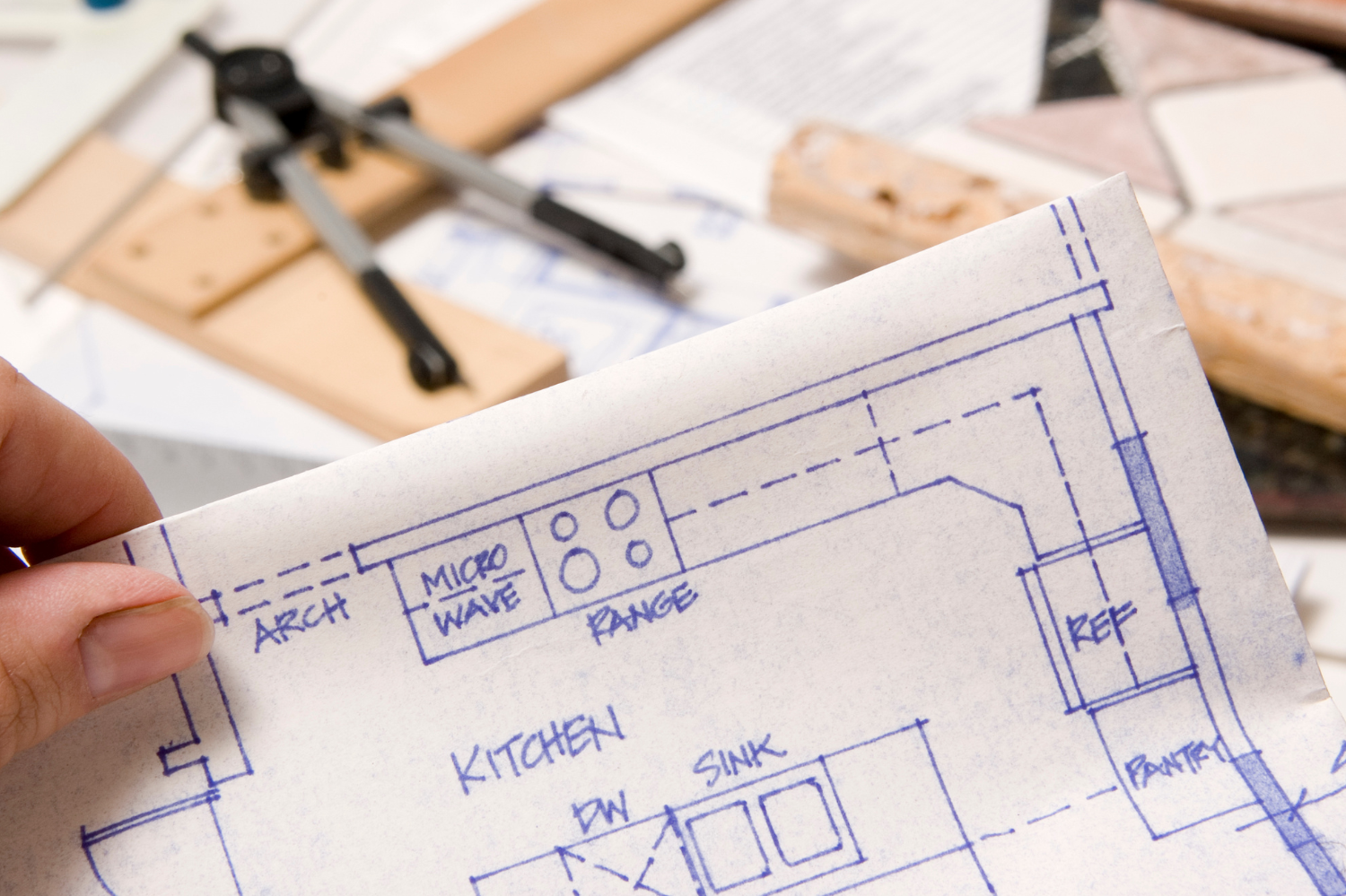
Another hidden cost of delaying a remodel is the scheduling challenge. The remodeling industry has been busy for years, and skilled contractors often book out months in advance. Homeowners who wait until the moment they want to start often discover that the earliest availability is far later than expected.
Planning a remodel takes time. Designing the space, finalizing layouts, selecting materials, and preparing for construction all require coordination. These steps cannot be rushed. When you delay the decision to begin, you delay every step that follows. By the time construction starts, you may be months behind where you hoped to be.
Starting early gives you more control. You gain access to better scheduling windows, more material options, and a smoother planning experience. Waiting until the last minute often means settling for a timeline that does not align with your needs.
7. Small Problems Become Big Problems Over Time

One of the simplest but most costly reasons not to delay a remodel is the way small issues tend to grow. A hairline crack in a tile does not always stay cosmetic. A loose fitting under a sink does not always stay small. A bit of moisture behind a wall does not remain contained.
Over time these problems spread. Water travels. Materials rot. Mold grows. Electrical systems deteriorate. By the time the issue becomes visible or urgent, the repair can be far more extensive than it would have been earlier.
A remodel is the perfect time to catch small problems before they escalate. Contractors can identify hidden issues and address them while the walls and floors are open. If you wait too long, you may be forced into repairs not because you want to remodel, but because your home has reached a point of needing immediate intervention.
8. Your Home Should Support Your Life Now, Not “Someday”
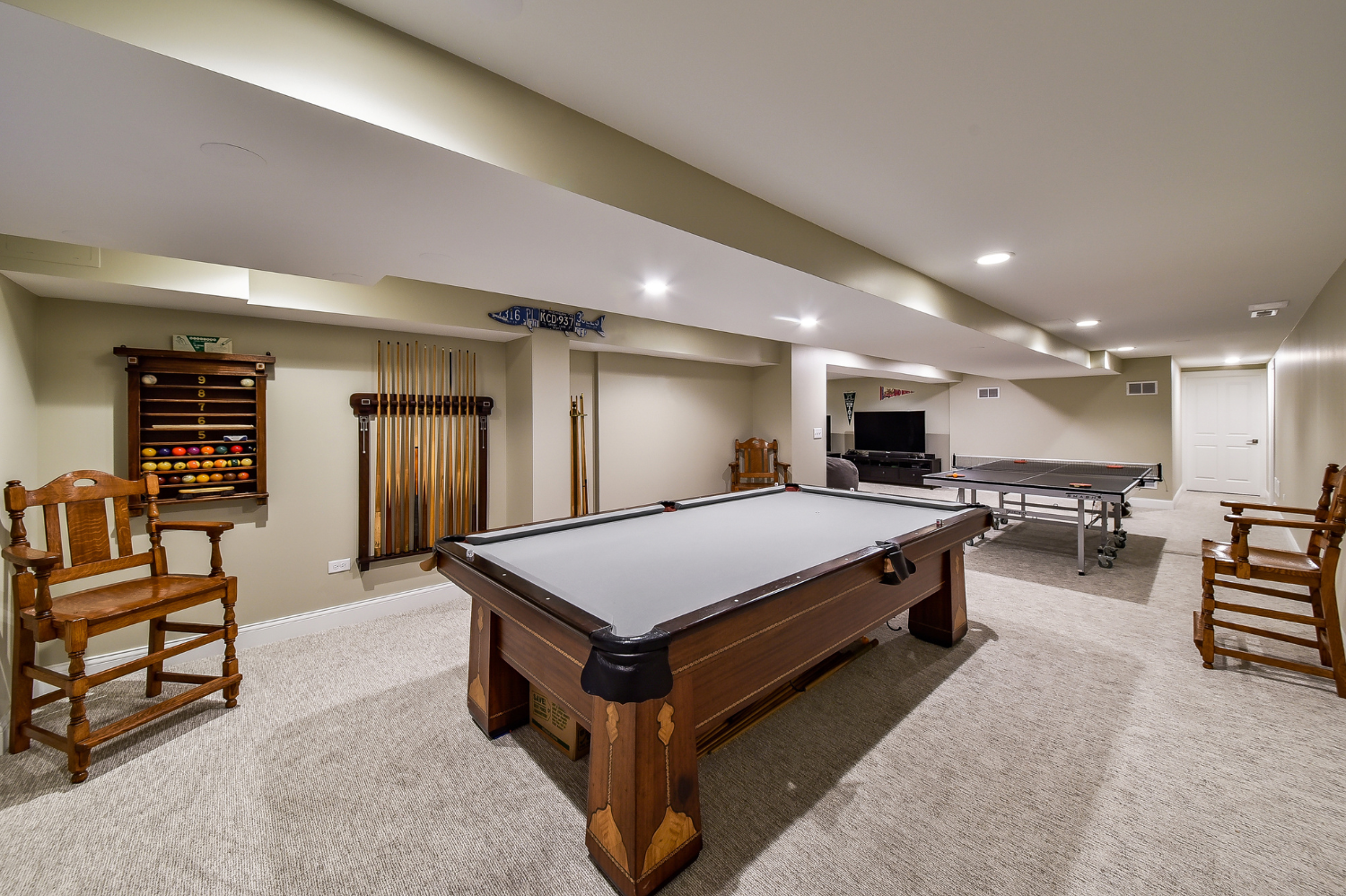
Delaying a remodel is not only a financial decision. It also affects your comfort, your routines, and your overall quality of life. When your home no longer fits the way you live, every day becomes a reminder of what is not working.
A kitchen that slows you down every night, a bathroom that causes morning traffic jams, or a layout that creates clutter and frustration takes a toll. Many homeowners do not realize how much comfort they have given up until they finally remodel and experience the difference. They often admit they should have done the work years earlier.
Life rarely delivers the perfect moment to start. Work stays busy. Kids grow. Schedules shift. If you wait for total clarity and open time, you may wait forever. Taking the first step brings momentum. Once you begin planning, the path becomes much easier than most people expect.
How to Avoid the High Cost of Doing Nothing
The best way to prevent the growing expenses of delay is to start with a clear plan. A design consultation gives you insight into what your home needs and what can wait. It helps you understand the scope of your project, the timeline, and the real costs involved. From there, you can create a long-term improvement strategy, even if you choose to remodel in phases.
Small upgrades to lighting, insulation, appliances, or ventilation can provide immediate savings. Larger changes, like reworking a layout or updating major systems, can follow once the planning is complete. Working with a skilled design build team ensures that every step is coordinated and that you invest in improvements that truly matter.
The Bottom Line
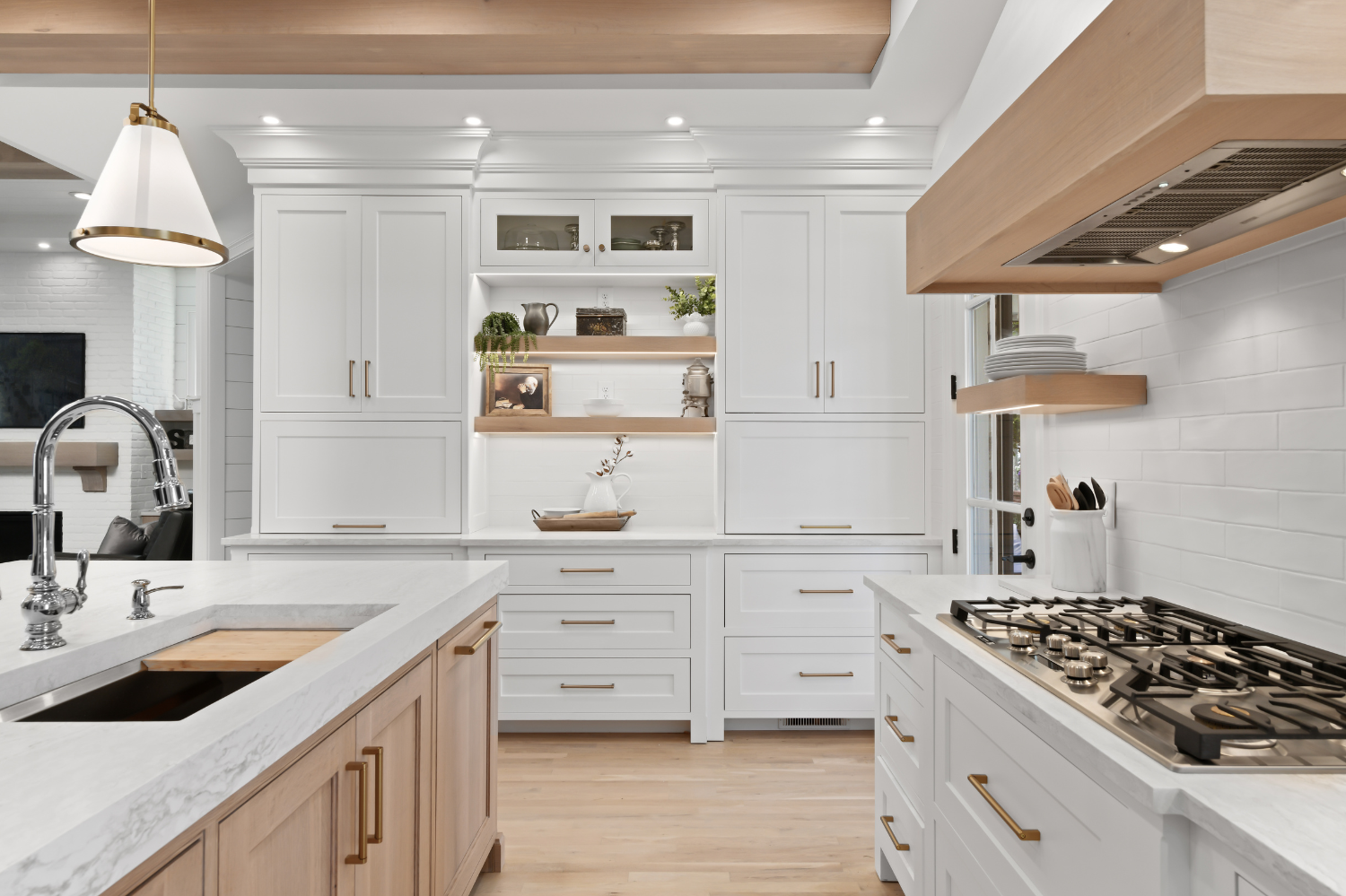
Doing nothing feels simple, but it often becomes the most expensive choice. Material prices rise over time. Homes continue to age. Inefficiency inflates monthly bills. Outdated layouts chip away at comfort. Problems that start small become costly repairs. Delay does not freeze your home in place. It allows time to work against you.
A thoughtful remodel protects your investment, improves daily life, and helps prevent future damage. Starting sooner gives you more control, more value, and more years of using a home that truly works for you.
If you are ready to explore the next step, Sebring Design Build team at Franklin, TN, is here to help you shape a plan that fits your needs and protects your budget. Your home should support you, not slow you down. Let’s make sure it does.

